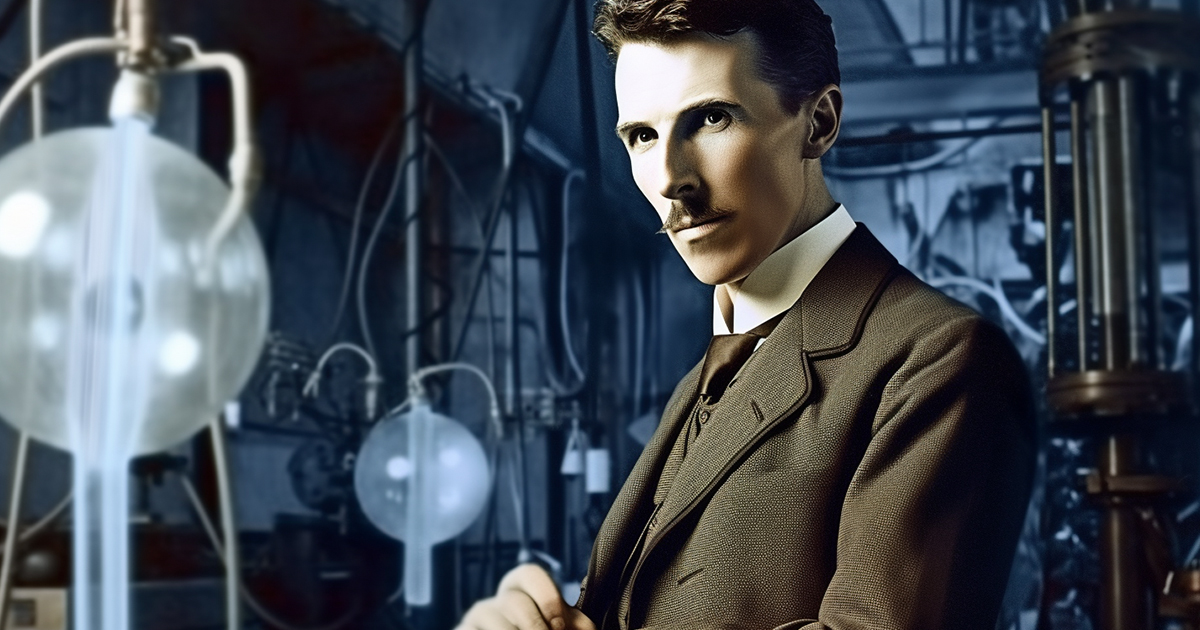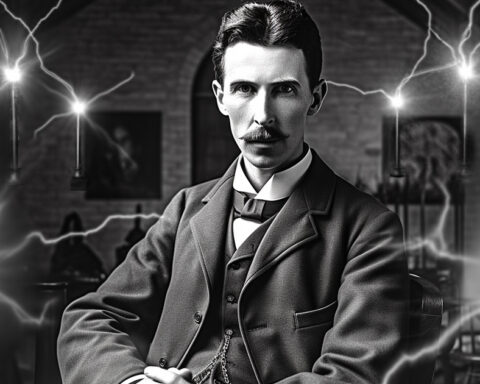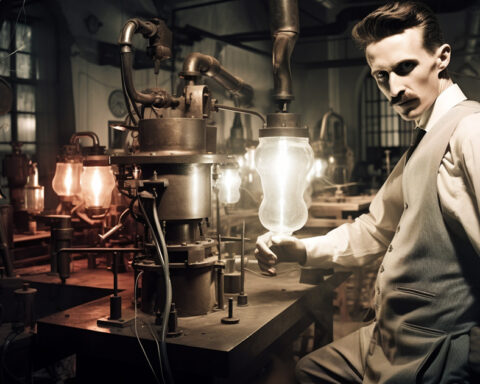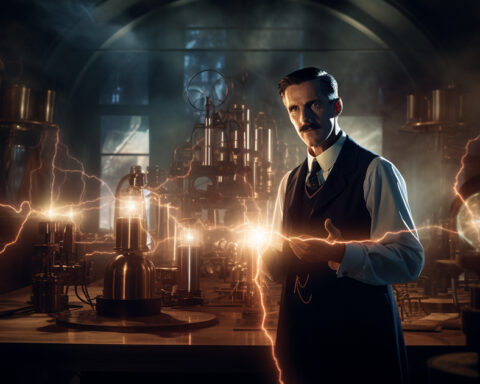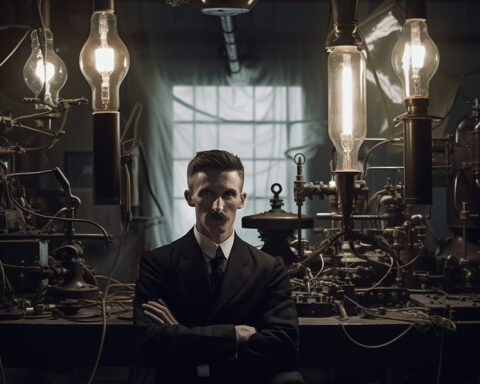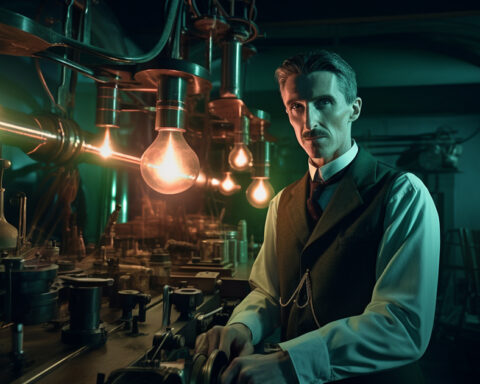Introduction:
Nikola Tesla, the visionary inventor, engineer, and futurist, left an indelible mark on the world with his groundbreaking discoveries over a century ago. While many of his inventions have significantly shaped the modern world, one particular marvel that seemed enigmatic in its time is gaining newfound relevance today. The Tesla coil, a device invented by Tesla himself, is suddenly garnering attention and recognition for its potential applications in our contemporary world of technology and sustainability.
The Tesla Coil: A Brief Overview:
The Tesla coil is an electrical circuit that uses resonance to produce high-voltage, low-current electricity. It comprises two coils, an input coil, and an output coil, which are inductively coupled. The interaction of these coils results in the creation of mesmerizing electrical discharges, creating an awe-inspiring sight reminiscent of lightning bolts. Tesla Coils fascinated audiences during the late 19th and early 20th centuries with their incredible demonstrations of wireless electricity transmission and the possibilities they promised for the future.
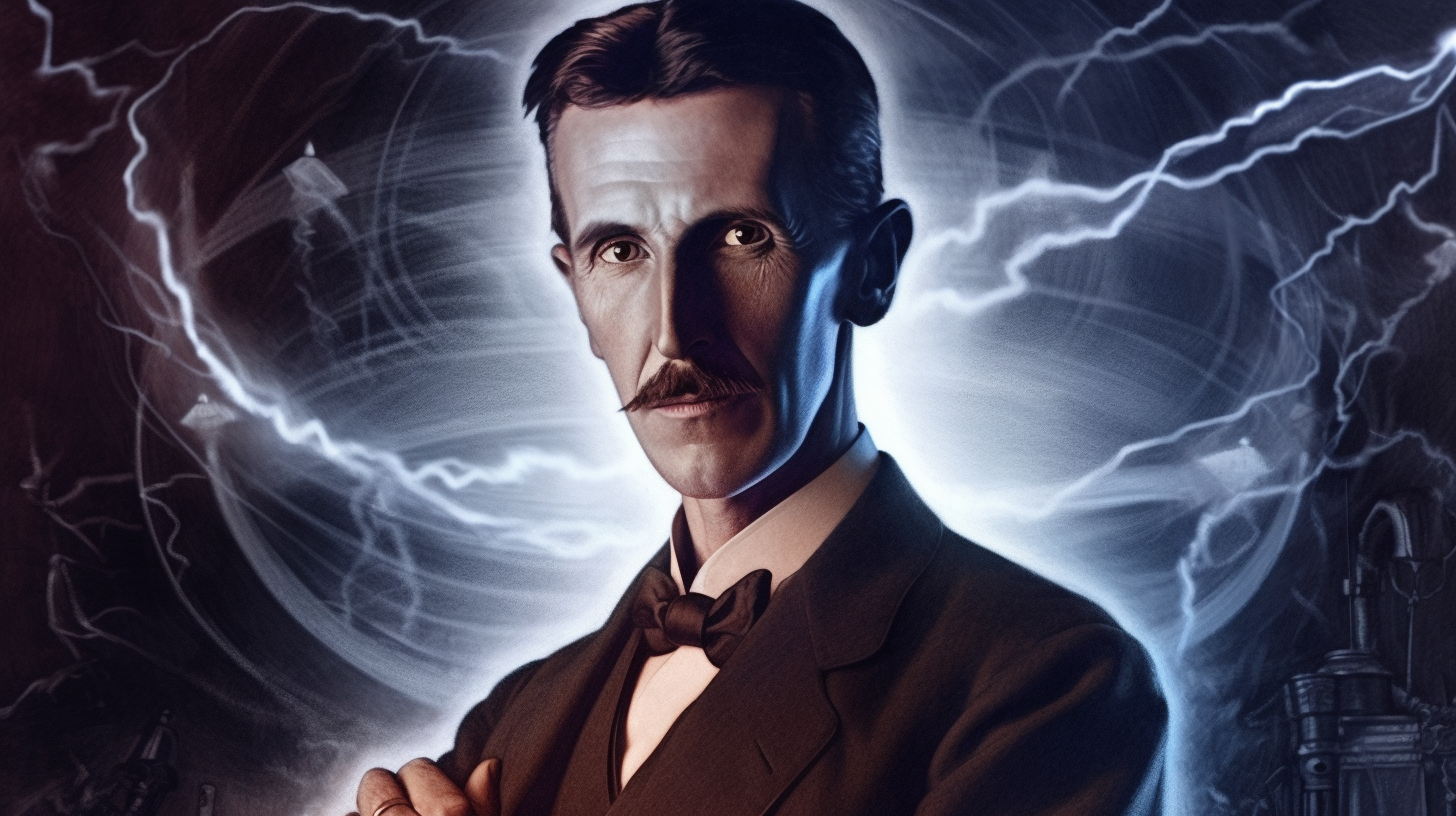
The Resurgence of Wireless Power Transmission:
In recent times, as we grapple with the challenges posed by our dependence on traditional power sources, the concept of wireless power transmission has once again captured the imagination of scientists and engineers. Tesla’s initial experiments with wireless power transmission were far ahead of their time, and today, we are witnessing efforts to revisit and revitalize this revolutionary idea.
With the rise of the Internet of Things (IoT) and an ever-increasing demand for clean and sustainable energy solutions, the Tesla coil’s principles of wireless power transfer have found new and exciting applications. Innovators are exploring ways to harness this technology to wirelessly charge smartphones, electric vehicles, and even power remote sensors and devices in challenging environments.
Advancements in Resonant Energy Transfer:
Tesla’s experiments with resonant energy transfer were primarily theoretical in his era due to the lack of suitable technology and infrastructure. However, modern advancements in power electronics and wireless communication have paved the way for practical implementations of resonant energy transfer.
Resonant inductive coupling, a technique based on the principles of Tesla’s original designs, has enabled the development of wireless charging pads that can efficiently charge multiple devices simultaneously. Furthermore, experiments are being conducted to use resonant energy transfer to power medical implants and other critical applications where traditional batteries may not be practical.
A Pathway to Sustainability:
As concerns about climate change and finite natural resources intensify, the Tesla coil’s wireless power transmission can play a pivotal role in promoting sustainability. By offering a greener and more efficient means of electricity distribution, this technology has the potential to reduce reliance on fossil fuels and minimize energy losses during transmission.
Wireless power transmission can also prove invaluable in disaster-stricken areas, where traditional power infrastructure may be compromised or inaccessible. By providing a resilient and adaptive energy solution, the Tesla coil’s resurgence may aid humanitarian efforts and facilitate a faster recovery during times of crisis.
Conclusion:
Nikola Tesla’s invention of the Tesla coil, once regarded as a mere scientific curiosity, has re-emerged from the annals of history to shine brightly in the modern world. Its principles of wireless power transmission and resonant energy transfer are proving to be invaluable in our quest for sustainable and efficient energy solutions.
As technology continues to evolve, we must not overlook the wisdom and innovations of the past. Tesla’s visionary ideas and inventions, including the Tesla coil, are a testament to human ingenuity and a reminder that the solutions to our most pressing challenges may lie in the unexplored realms of the past. As we embrace and build upon these timeless marvels, we move closer to a future powered by clean, wireless, and sustainable energy, just as Nikola Tesla had envisioned more than a century ago.

